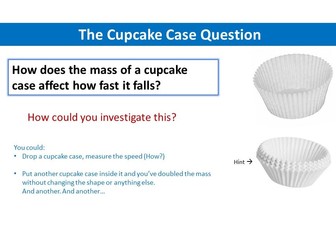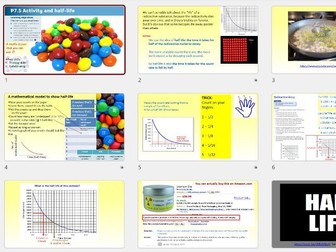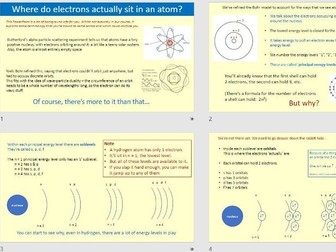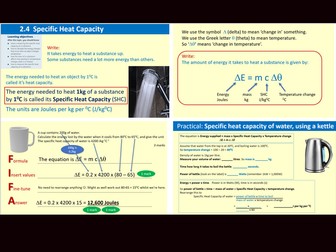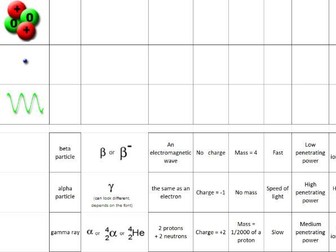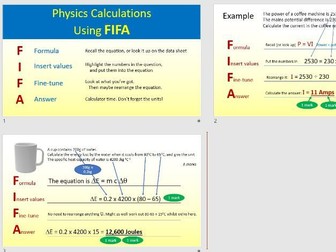Falling Cupcake Cases Investigation
Structure for an investigation taking 2~3 lessons. Suitable for KS3, 4 or 5 depending on how deep down the rabbit hole you want to go, colour-coded slides steer you to KS3/4 or KS5.
Method: drop a cupcake case. Measure the speed of fall.
Now put another cupcake case inside the first. has the speed of fall changed? How much?
What about 3, 4, 5, …10 cupcake cases? Is there a relationship between number of cases and speed of fall? Is it proportional?
Simple on the surface, but gets students into independent/dependent/control variables, measurement, uncertainties, anomalies…the lot.
Shamelessly based on an idea from the Physics teaching Podcast at https://twitter.com/physicstp
